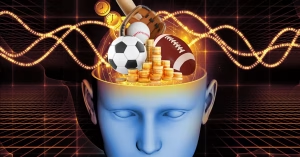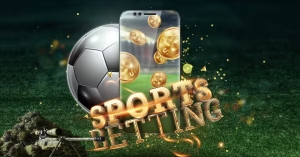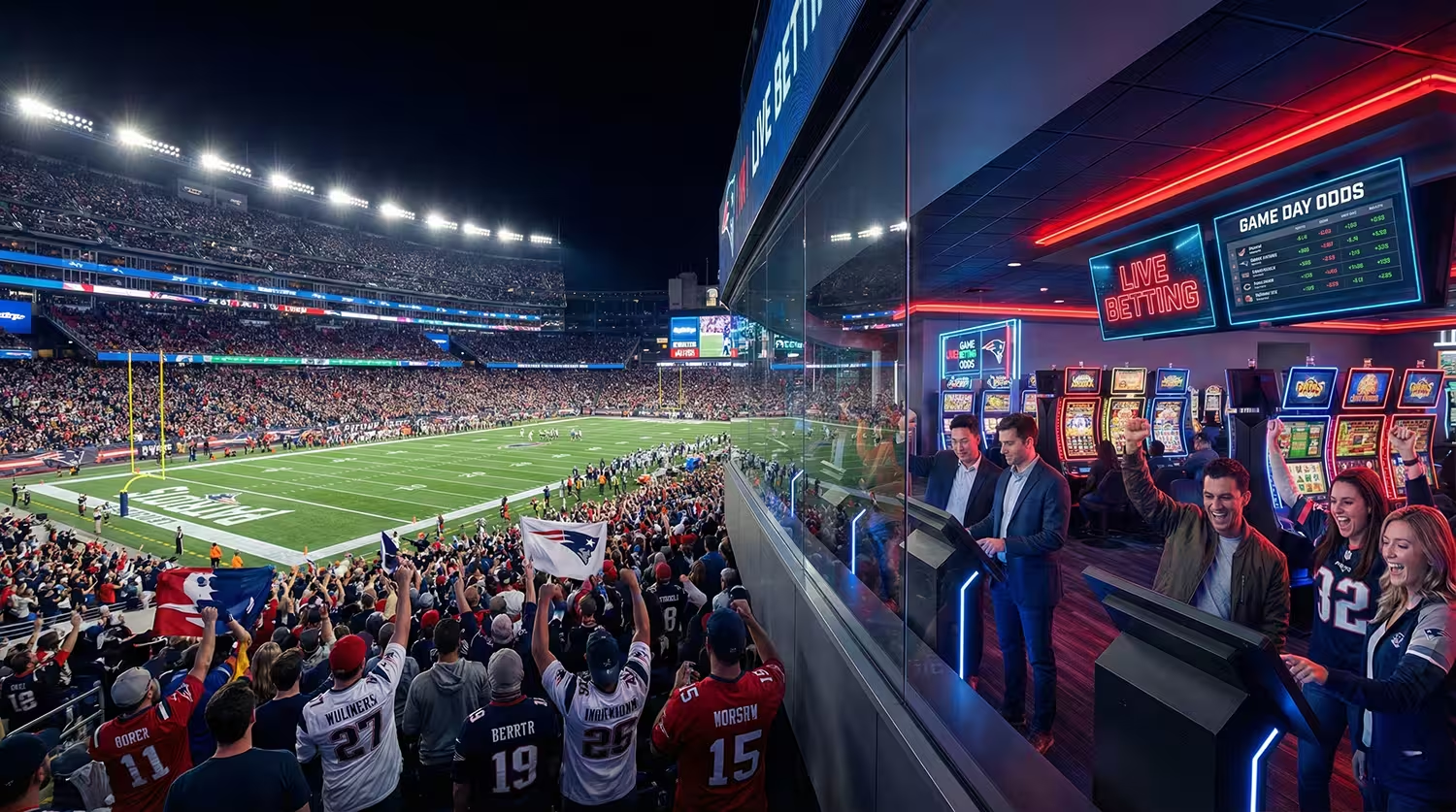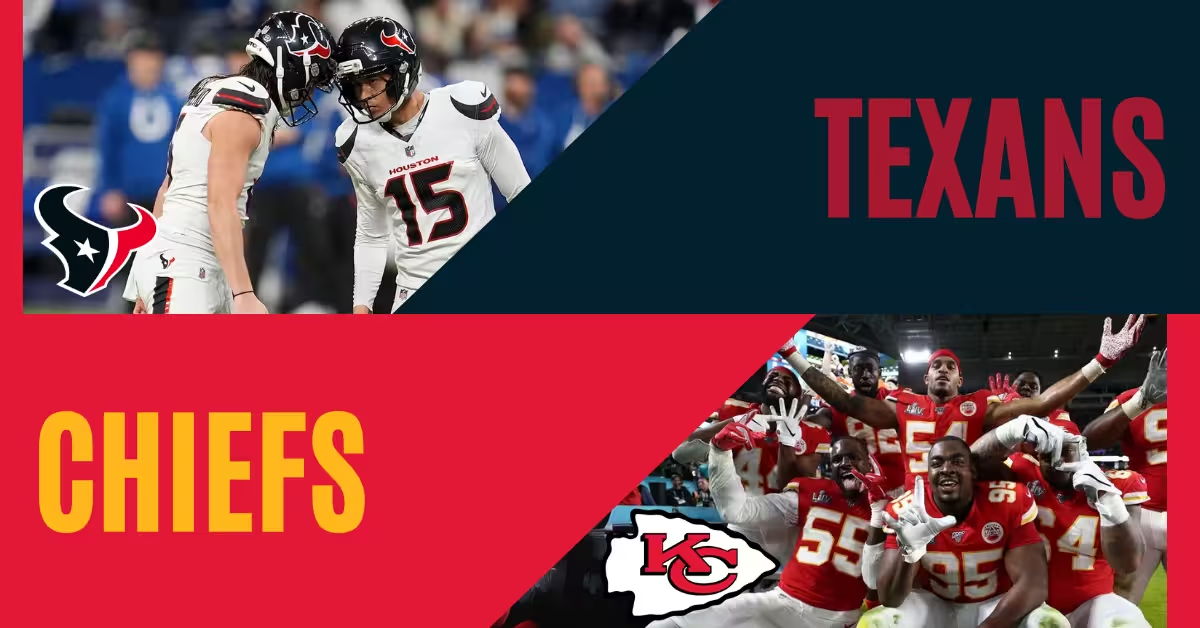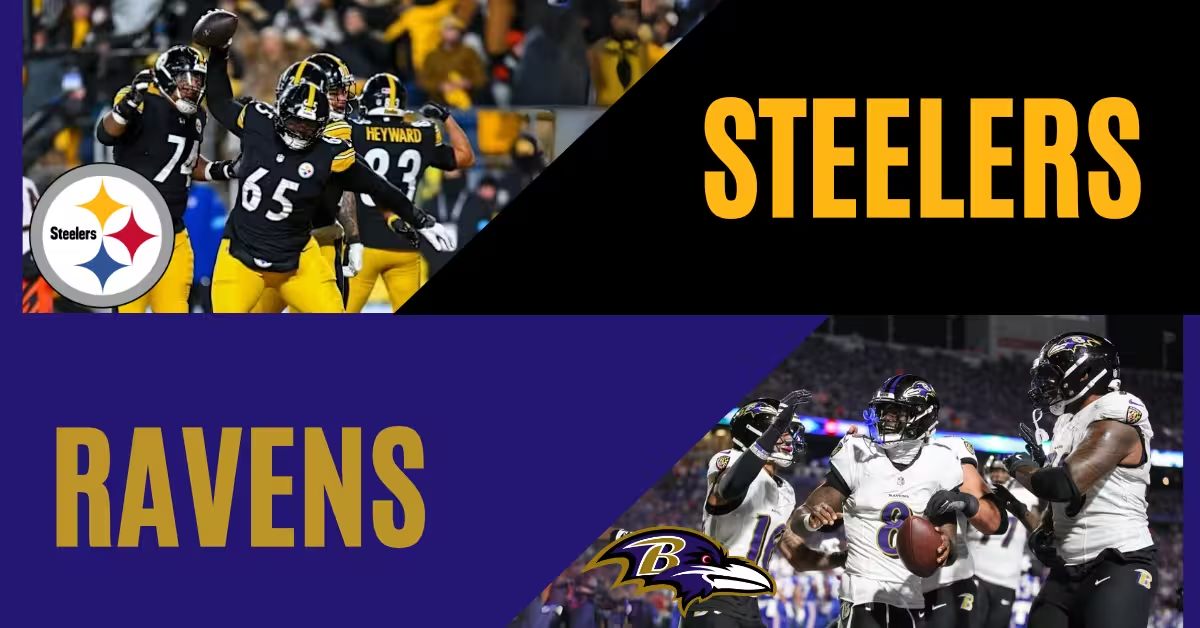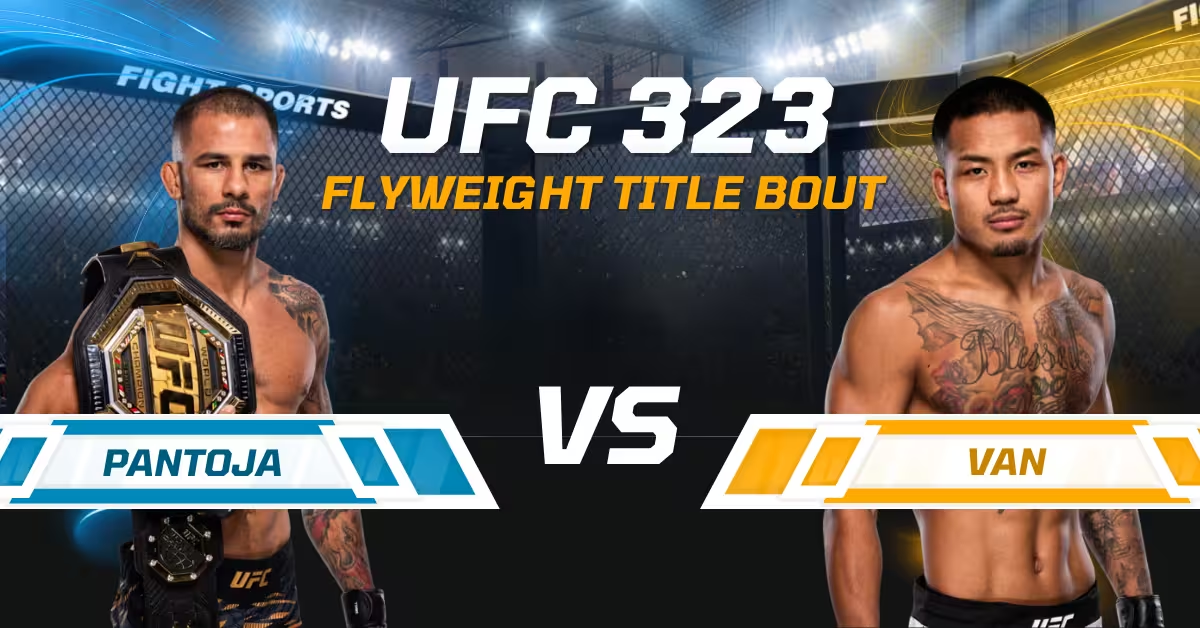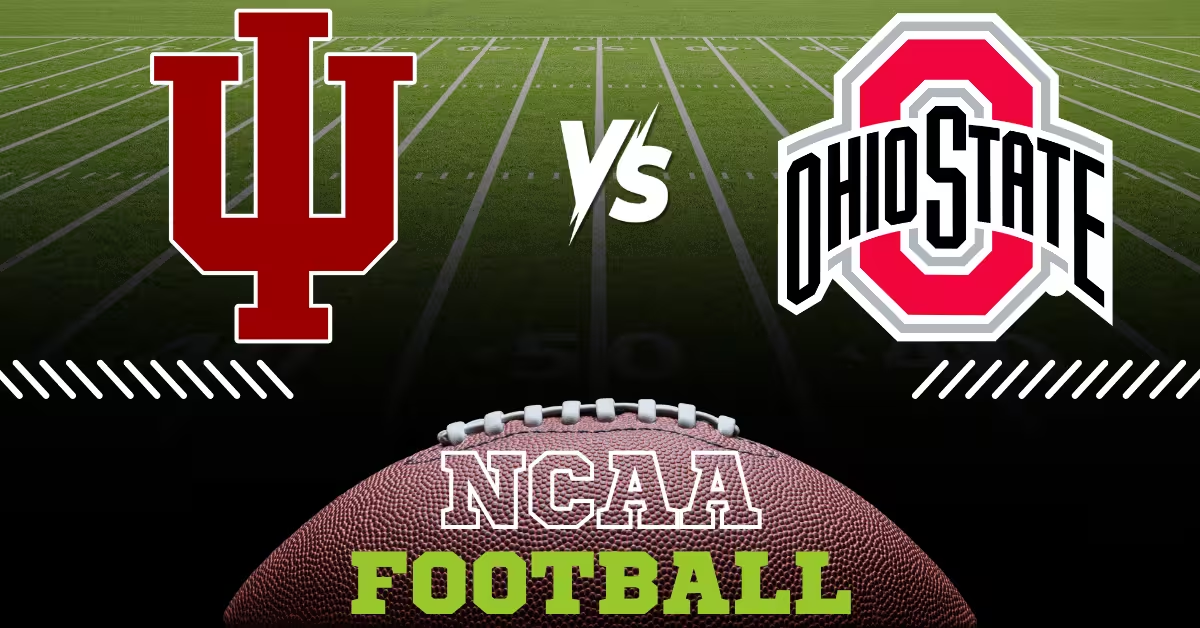Dealer Tells in Live Blackjack – Real or Fantasy?
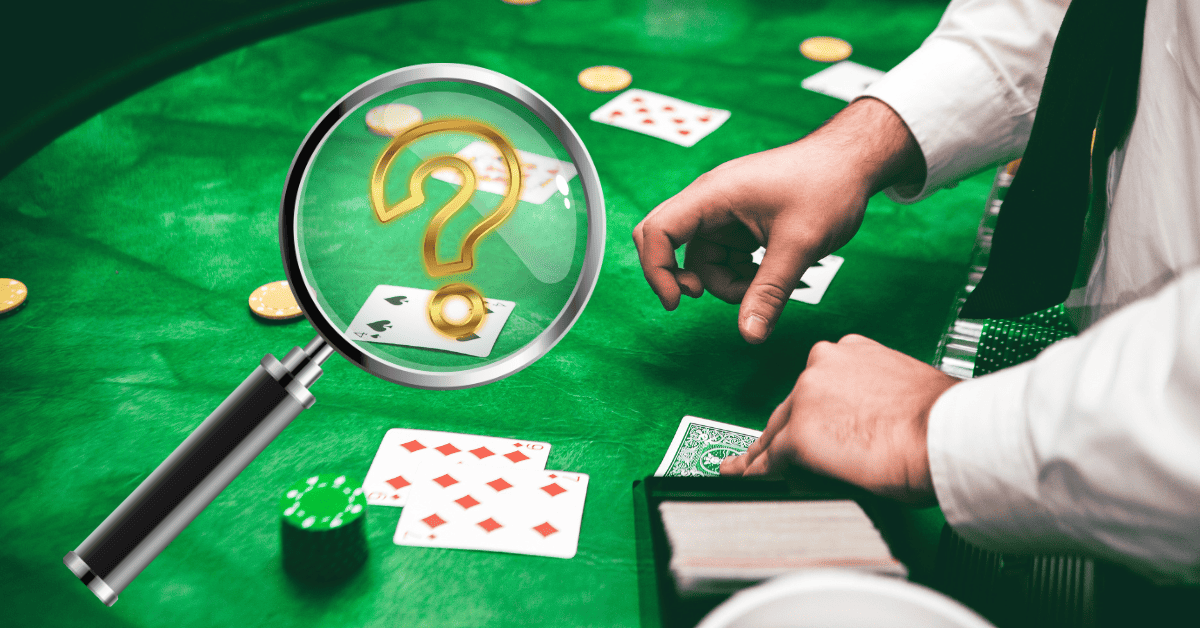
Have you ever witnessed a blackjack player who is straight-up staring at the dealer? Either they are crushing on them or, more likely, they are trying to “read” their every move. The idea of spotting a tell in blackjack, aka a subtle sign that leaks the dealer’s hole card, is as attractive as it is controversial. Who wouldn’t love the notion of having a secret advantage?
If you can interpret the dealer’s body language or card-handling, maybe you can predict if the dealer is about to bust or has blackjack. And this very topic causes debates in casinos and online forums.
If you aren’t familiar with what dealer tells are, don’t worry–we’ll explain. What they supposedly are, why our brains are primed to believe in them, how live table play compares to online streams, and what the poker pros think. We’ll get into psychological research, expert opinions, and real-life examples, too! You’ll also get some practical advice on what matters at the blackjack table, and if a dealer’s tell belongs on this list.
What Are ‘Dealer Tells’ in Blackjack?
In poker, a “tell” is any unconscious cue– it could be a twitch, a glance, or a change in a person’s demeanor that hints at a player’s hand strength. The concept comes from poker, where players watch opponents intently for subtle body language. In blackjack, some players try to apply the same idea to the dealer. A dealer tell is the idea that the dealer might give off involuntary signals about the value of their hidden card. Players might watch how the dealer handles cards, their facial expression, or how long they pause when checking for blackjack.
Some common examples people look for include a dealer momentarily hesitating over the hole card (a “peek hesitation”), placing cards at a different angle, or the tone of the dealer’s voice. The thought is that these minute details could reveal whether the dealer has a strong hand or not.
However, it’s important to note that blackjack gameplay is fundamentally different from poker: the dealer is not playing against the player, but against fixed rules. They only peek at the hole card to check for blackjack (if the rules allow it), and there’s no real decision-making or “strength” in their hand as there is in poker.

Where the Term Comes From
The type of game also matters. In a physical casino, you have the best view of the dealer: you can watch their entire body language, hear their voice, and see exactly how they shuffle and cut the cards. In principle, this gives you more cues to observe. Dealers are trained professionals who shuffle and deal with consistent motions, and casinos train them not to give away any information through their actions.
In an online live dealer game (a real dealer streamed via video), you only see the dealer through a camera at one or two angles, and a lower resolution. Body language cues are way harder to detect on screen, and the dealer’s face and hands might not be in full view. Still, even online, some players claim that they notice subtle patterns.

What Blackjack Tells Can Look Like
A “dealer tell” in blackjack refers to any involuntary habit or gesture by the dealer that players think might indicate the dealer’s hidden card. But because the dealer’s role is largely mechanical and supervised, any signals are usually coincidental or imagined. We’ll explore why we’re inclined to see patterns where none may exist – and what experts have to say about all this.
The Psychology of Tells: Why Players Want to Believe
Why do we even look for tells? Human brains are excellent pattern-seekers–sometimes too excellent. Psychologists call this tendency apophenia: seeing patterns or connections in random data. In gambling, where outcomes are governed by chance, our minds still crave a bit of order and meaning. We hate randomness and want to feel in control of the outcome. This can lead to the illusion of control: the misplaced belief that we can influence purely random events.

The Illusion of Control in a House Game
In blackjack, this manifests as a hope that maybe something we do (or notice) could swing the odds. Spotting a dealer’s twitch as a cue gives an immediate feeling of empowerment, even if it’s just a coincidence. It’s also comforting to imagine that the dealer’s human side is leaking hints. But the reality is, the dealer’s cards are random, and only mathematical strategy (not body language) truly affects the odds.

Survivorship Bias
Cognitive biases reinforce belief in tells. For example, survivorship bias kicks in: people tend to remember the few times a “tell” seemed to work and forget the many times it didn’t. If you hear a story that “I folded because the dealer looked nervous – he had a 20!”, you’ll remember that success story. You’ll never hear about the dozens of times a dealer looked nervous and had a low card or a bad hand. Survivorship bias leads us to believe there’s a “magic” pattern or secret, even though it was just random chance that once aligned with our actions.
All these psychological factors, such as pattern recognition, the illusion of control, and survivorship bias, make the dealer tell a really popular myth. We want them to be real because it feels better than accepting the house has the edge, no matter what. But as we’ll see, experts and science suggest that tells are mostly figments of our overactive imaginations.
Live Casino vs. Online Live Dealer Tells
In an in-person casino, you can scrutinize a dealer up close: their hand movements, facial expressions, even subtle cues like how they hold their breath. In theory, this helps you pick up on micro-tells. The advantage is the full sensory input – you hear every sound, see every movement.
However, in practice, there are big drawbacks. Casinos train dealers to use very uniform dealing motions and to be neutral in expression. Many dealers are essentially robots with dealer training; they aim to shuffle, cut, and deal cards in exactly the same way every time. Experienced dealers know how players watch for cues, so they actively avoid fidgeting or showing emotion. In other words, they’re taught not to give away any clues.
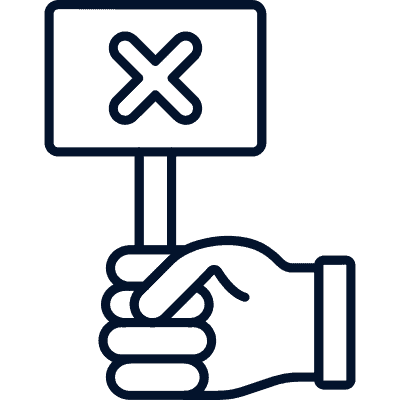
The Case Against
Another in-person issue is risk: if you stare at or interact with the dealer too much, it might draw unwanted attention. Dealers sometimes resent being watched or tipped just to try and get an edge. In the forum of professional players, it’s said that if a dealer becomes annoyed with you – say you tip in a way to get them involved – they might actually make mistakes, but they could also start shorting you on payouts. So, reading a live dealer is not only hard but also can backfire if done overtly.

Online Live Dealer Blackjack
Online live dealer blackjack has grown in popularity, especially where in-person casinos are scarce. In these games, a real dealer handles cards that are live-streamed from a studio. The pros are convenience and a selection of games.
But how about tells? The cons are significant: you usually get only a couple of fixed camera angles, often not giving a great view of the dealer. The video quality or frame rate may not capture micro-expressions or slight differences in handling cards. The dealer often deals with a shoe and inserts cards into a peeking device or plays in a manner that’s easy to watch, but players typically only see her hands and the table, not a panoramic view. Also, the interface overlays often hide parts of the layout. Even though some players insist they can “sense” patterns online, any alleged tell is far harder to verify.
An online stream also has a different psychological vibe. There’s a human on the other side, but they feel more anonymous. For example, one dealer noted in a podcast that while players sometimes shout conspiracy theories into chat (“the dealer hates me, I can feel it!”), it’s hard for even them to “read” a player through a webcam. In short, online dealers are still human and could theoretically slip up, but the digital format mostly removes the subtle in-person cues.
In both settings, it’s important to remember that trained professionals in live casinos, or dealers being watched on camera, are not going to telegraph their hole cards freely. They want to deal a fair game without creating suspicion. The few players who do claim to notice online “tells” are extremely rare exceptions or misunderstand normal dealer actions.
Common Alleged Dealer Tells (And Why They Might Not Matter)
A lot of blackjack fans have a whole entire checklist of “tells” to watch out for. The following are some of the most commonly alleged clues–and why you should always take them with a grain of salt!
👀 Peek Hesitation
When the dealer checks for blackjack (peeks at the hole card) or double-checks a card, players sometimes look for a pause or hesitation. The myth is that if the dealer lingers, maybe they see an Ace or 10-value card underneath, and if they flip quickly, maybe it’s a low card. In reality, modern casinos have a peeking device with a mirror or sensor. The dealer slips the card into the peeker and often hears a simple beep if there’s blackjack – no guesswork involved.
The device only shows a tiny bit of information and is designed so that players can’t actually see the card. As one well-known blackjack source bluntly put it, the peek device “gives the poor dealer nothing but ‘tells’ that exist solely in the mind of the desperate player’s imagination.” Any slight delay or double-look is usually just a habit or the dealer being careful, not a coded message. Don’t count on it.
🃏 Card Placement
Some players watch how the dealer places cards on the table. For example, a player might think, “If she slides the card more forcefully or flips it at a certain angle, maybe that means something about her hand.” Or they might note that the first card goes behind the bet and the second in front, and imagine that switch-up means a strong hole card. The truth is, most casinos dictate exact procedures for how cards are dealt and placed – it should be automatic.
If a dealer ever deviates, it’s almost certainly random or an accident, not a secret code. Dealers are trained to deal cards uniformly (e.g., always pitch the first card behind the marker, the second card at the front) to avoid confusion. In short, the orientation or placement of dealt cards doesn’t carry meaningful signals; it’s just part of the routine.
😐 Facial Expressions and Demeano
A slight smile, a furrowed brow, or a nod might catch a player’s eye. The myth is that a dealer’s face will tell a story – maybe a guilty-looking smile means the dealer just saw a win for you. In practice, dealers know players are watching, so they maintain a neutral, friendly face. Casinos emphasize professionalism: dealers often undergo training in consistency and “poker face” dealing. Many expert players note that veteran dealers will give nothing away – a good dealer’s expression is purposely bland.
New or inexperienced dealers might slip occasionally (yawning, laughing, or grimacing at a result), but even those are not reliable signals of the hole card. They’re just human reactions to fatigue or surprise. In short, facial cues are extremely unreliable, and any pattern you think you see is likely just a coincidence or your mind filling in gaps.
⏲ Pace of Play
Some gamblers watch how quickly a dealer deals cards or calls hits, thinking a fast pace means something (e.g., “she’s rushing because she wants the hand over”) or a slow pace means hesitation. The reality is subtler. Different dealers have different natural rhythms. A slower deal might mean the dealer is momentarily distracted or double-checking a rule, not that the hand is a certain value. A quick deal could simply mean the dealer is experienced and efficient.
Importantly, dealers often alter speed based on the table’s mood, like speeding up on low bets, slowing down on large bets to give players time. Casino policies sometimes require a steady rhythm. In sum, the speed at which a hand is dealt or played is influenced by many factors and gives no reliable information about the cards.
Each of these supposed tells can feel convincing in the moment, but they all fall prey to the same problem: they lack consistency and basis in how cards are actually dealt. As Blackjack expert Mason Malmuth cautioned, techniques like these sound powerful, but “it is quite easy to see tells because you want to rather than because they are there”.
In other words, we have a tendency to believe a random twitch or gesture is meaningful simply because it happened at the right time. Don’t fool yourself – these “tells” are often more fantasy than fact.
What the Experts Say
Professional blackjack players and dealers generally agree: dealer tells are not a reliable way to beat the game. Most authoritative sources warn that you can’t bank on them. For example, one comprehensive Blackjack guide explicitly states that “dealer tells are unreliable and should not be the primary basis for your decisions.” In other words, if you plan your whole strategy around reading subtle cues, you’re making a big mistake.

What the Pro Players Think
Experienced players often emphasize math over mystery. One educational blackjack strategy manual (from Creighton University) puts it plainly: players should focus on “mastering basic strategy and card counting over attempting to decipher subtle dealer behaviors.”
In that write-up, the authors acknowledge that it’s possible to glean tiny bits of information by watching a dealer, but they underline that such tells are “subtle and inconsistent.” They say using tells might give you only a minor edge at best, and even then, it’s very situational.
Legendary card-counting author Arnold Snyder, who edited Blackjack Forum, once published an article on the myths of tell-play. He quoted Steve Forte (author of Read the Dealer), who actually dismantled many common myths about telling. Forte believed that with the right training, one could create or spot dealer tells, but even he stressed that this requires treating it like a science, not magic.
Most modern authorities, however, don’t share Forte’s optimism. They point out that casino dealers rarely have control over the card values and are generally not trying to communicate with players.

What Dealers Think
Even casino dealers themselves scoff at player theories. On a well-known Blackjack forum, a former dealer commented (anonymously), “Casino managers are not fools…they are not going to let [dealers] somehow telegraph [the hole card] information to observant players.” He added that the peek device only shows minimal info and any “tells” a player imagines exist solely in the mind of the desperate player.” Even if a player thinks that they are seeing something? It’s usually just wishful thinking.
That said, a few veteran advantage players admit that under very special conditions, you might pick up something. Mason Malmuth described how, if you somehow get a dealer “rooting for you” (for instance, by tipping and chatting them up), the dealer might unconsciously give little cues after checking their card. “The dealer may ‘tell’ you if it is correct to hit or stand,” he wrote, based on their mannerisms after peeking.
For example, a friendly dealer who likes you and sees you have a losing hand might lean closer and suggest hitting, whereas if she sees a likely bust, she might lean away, as if saying “no more cards.” This kind of a tell would come from a human connection, not from anything inherent in the cards themselves.
But even Malmuth quickly warns that these situations are exceptions and hard to exploit. Such a strategy requires finding the right dealer and scenario, and even then, it’s unreliable. “They are not easy to master,” he notes, and if you start believing you see those signals, you might get caught in a trap of your own making. In other words, you can get fooled by random changes in a dealer’s behavior, thinking they mean something. Most professionals agree: the safest assumption is that there is no consistent tell to read.

Expert Consensus: Not Worth Betting On
Overall, nearly every blackjack expert emphasizes practice and analysis over superstition. Dealers are usually trained to minimize any variation in how they deal cards. Surveillance cameras, strict game rules, and routine procedures all work to eliminate human error or pattern. So while a curious amateur might hope for a shortcut, the consensus is clear: dealer tells are mostly imaginary or wildly inconsistent.
Are There Any Exceptions or Hidden Opportunities?
Could there be an exception to the rule? A rare dealer or situation where a tell is actually real? In theory, yes, but such cases are extremely scarce and context-dependent. Sure, a brand-new or nervous dealer might fumble a little–maybe they peek at an Ace and almost twitch, or they set a card down sloppily. An undertrained dealer in a low-traffic casino might not notice a slight slip. In these unusual cases, an observant player could notice a quirk that repeats.

The ‘Friendly Dealer’ Scenario
Some stories from experienced players illustrate this. A sympathetic dealer who likes you (maybe because you’re tipping or you’ve been chatting pleasantly) might indeed subconsciously act differently when your luck changes.
For instance, if the dealer knows you’re struggling, they might unconsciously care more and perhaps deal in a way that avoids suddenly dealing a bad hand to you. In extreme cases, a dealer with very predictable routines (say they always slide the hole card out gently vs. flip it) might inadvertently telegraph something if those habits change.
However, these are exceptions so rare that you can’t rely on them. Even if you suspect one dealer has a pattern, it might not hold when you play again or when someone else sits down. Dealers switch shifts, games, and behaviors all the time. The very tactics that might create a soft tell (like chatting and tipping to get them “involved”) are themselves risky: they draw attention from pit bosses and surveillance.

Why It’s Still Too Risky to Count On
So yes, if you happen to stumble upon an extraordinarily helpful dealer, you could exploit it briefly – a bit like catching a weak table in poker – but it’s hardly a strategy you can count on. As one expert put it, only local “advantage players” who frequent the same dealer regularly can sometimes exploit subtle habits.
For the average player, this is not practical. If anything, mentioning tipping and making friends with dealers reminds us that these “tells” are intertwined with dealer emotions and actions, not with the cards. In most casinos today, rules and random shuffles mean there are no secrets to uncover in the dealer’s behavior.
The Real Edge: Strategy Over Superstition
There are effective ways to get an edge in blackjack, and they involve math and discipline, not staring at the dealer’s nose, which is just plain rude. The single most important advantage tool is basic strategy.
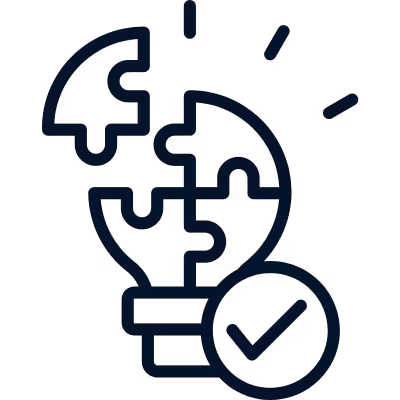
Basic Strategy: Your First and Best Weapon
Basic strategy tells you the mathematically optimal move (hit, stand, double, split, etc.) for every possible combination of your hand and the dealer’s upcard. Played perfectly, basic strategy reduces the house edge to very low levels (often around 0.5% in a standard game with good rules).
For example, with a 3:2 blackjack payout and eight decks, the dealer stands on soft 17, and you can double on any two cards. Playing the perfect strategy yields about a 0.41% house edge. By contrast, ignoring basic strategy and chasing tells could spike the edge the other way.
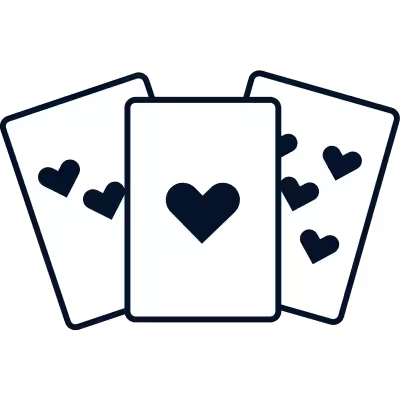
Card Counting
If basic strategy leaves only a small house advantage, the next step is card counting, where legal. Card counting can actually swing the odds in your favor by tracking the ratio of high cards to low cards remaining in the shoe. It’s not easy and is banned or unwelcome in most casinos, but it is a proven strategy for beating blackjack. Every expert who says dealer tells are unreliable also says counting is the real way to catch a bigger edge (and of course, do it discreetly or online where allowed).

Game Selection and Rules
Other proven factors include game selection and rule awareness. Always look for games with the best rules: 3:2 payout for blackjack (never 6:5!), dealer standing on soft 17, doubling allowed after splitting, etc. These “rule-friendly” games significantly lower the house edge. As the BetMGM analysis shows, a 6:5 payout game raises the house edge to about 1.77%, whereas 3:2 has it around 0.41% under the same conditions. That single rule difference is far more important than any faint dealer gesture.
Also consider deck penetration in live games: the deeper the dealer cuts into the shoe before reshuffling, the more power card counters have. Even if you don’t count cards, deeper penetration means more predictability in the final cards – another math advantage.

Bankroll Discipline Beats Guesswork
Lastly, bankroll management and discipline are crucial. No strategy wins every hand, and losses are inevitable. The real edge comes from surviving downswings and betting wisely when you do have an advantage (like a high count). Stick to predetermined bet limits, set win/loss goals, and never chase losses with wild hunches. In essence, treat blackjack as a long-term mathematical game, not as a place for lucky guesses.
Conclusion: Dealer Tells Won’t Help You Win. This Will
Dealer tells make great stories, but they won’t move the needle on your bankroll. The real advantage? It’s not in a smirk, a pause, or a card flick—it’s in the strategy that you bring to the table. Learn the math, play the right games, and forget trying to out-stare a dealer who’s just doing their job. Blackjack doesn’t reward guesswork—it rewards players who know what they’re doing.
Here’s a brief recap of what you need to know about these so-called dealer tells:
- Dealer tells are mostly imagined or inconsistent. Any “signals” that you think you see are usually coincidences or confirmation bias, not any sort of reliable info.
- Rare tells can exist, but they aren’t dependable. Only in extraordinary cases (a nervous or undertrained dealer, or one who really likes you), a tiny clue might slip out. Even then, it’s hardly a stable strategy.
- The real edge comes from:
- Basic strategy (learn the optimal play for every hand)
- Card counting (where legal)
- Choosing the right games and rules (3:2 blackjack, dealer stands on soft 17, favorable table limits) and strict bankroll discipline. These math-based tools reliably reduce the house edge in a way that “reading body language” never will.
- Math beats superstition every single time. Stick to proven strategy and you’ll play smarter, not harder.
Blackjack is a game of cards and odds, not mind-reading. Treat dealer tells as a superstition at best, not as a way to profit. The house edge is relentless, but if you concentrate on the math, your strategy, and smart play, you have far more control than any facial cue you think you see!

Matthew specializes in writing our gambling app review content, spending days testing out sportsbooks and online casinos to get intimate with these platforms and what they offer. He’s also a blog contributor, creating guides on increasing your odds of winning against the house by playing table games, managing your bankroll responsibly, and choosing the slot machines with the best return-to-player rates.

